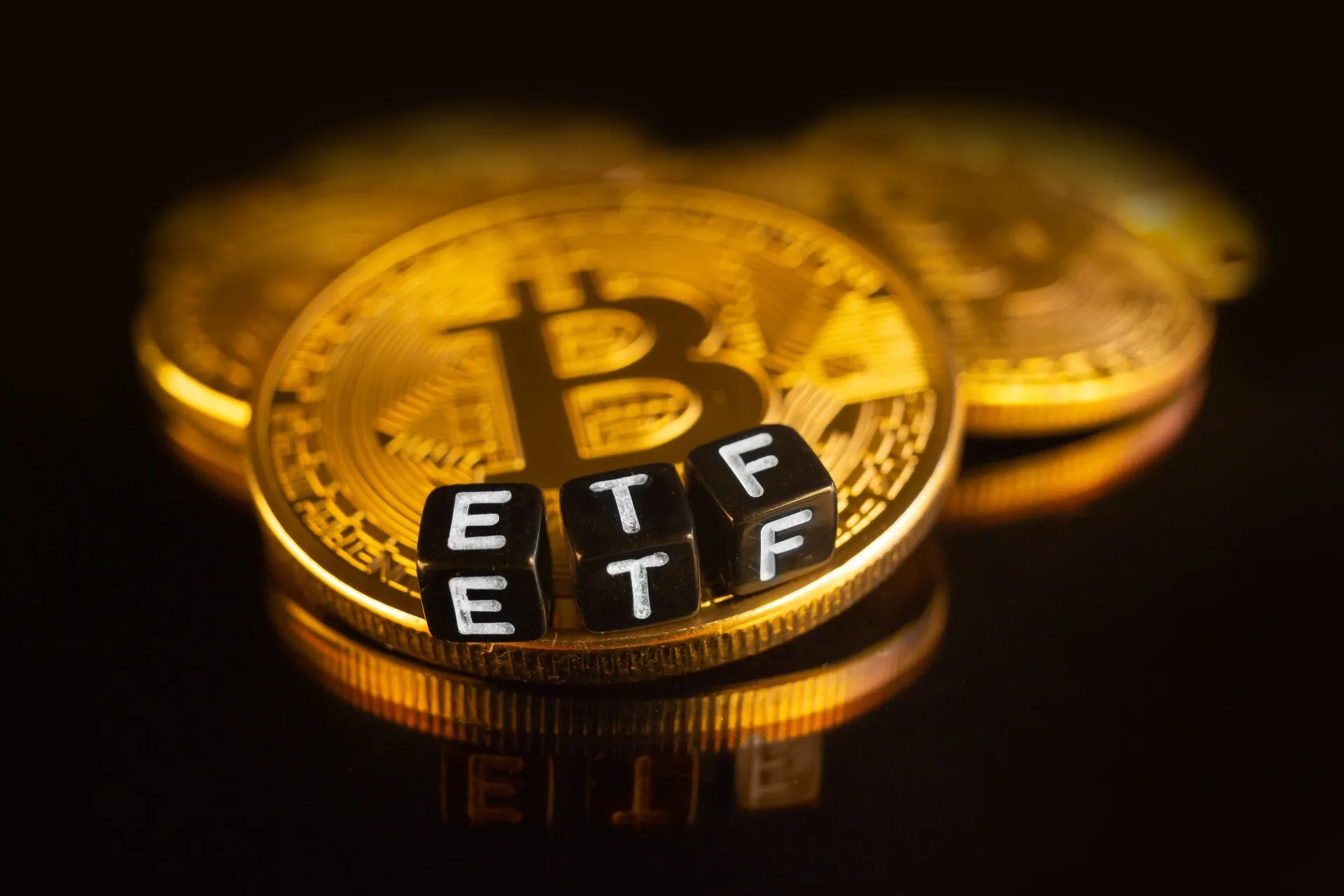Valkyrie is putting one of fintwit's favorite memes back to work in a new ETF filing.
The investment firm yesterday filed a fresh application for a Bitcoin futures-based exchange-traded fund that’s hoped to trade on the NASDAQ under the ticker “BTFD.”
Unlike the firm’s already active BTF fund, this one will be leveraged, letting speculators double down on their exposure to the leading cryptocurrency.
The suggestive ticker was first planned to be used for the first fund until the firm amended the ticker in October 2021.
"As the space continues to get stronger and more entrenched within our financial system, we’re seeing a continued interest from traditional finance players looking for price and volatility exposure to BTC without holding Bitcoin directly," a Valkyrie spokesperson told Decrypt. "This traditional finance interest is coupled with renewed retail interest in crypto due to recent cracks in the traditional banking system."
Neither of Valkyrie’s Bitcoin-centric funds have direct exposure to Bitcoin. Instead, they use Bitcoin futures traded on the Chicago Mercantile Exchange (CME).
Traders who hold futures contracts—for Bitcoin, corn, gold, or any other asset—actually hold an agreement that obligates a trader to buy or sell an asset at a specific time, quantity, and price.
So far, there are four different Bitcoin futures-based ETFs on the market, with the first being ProShares Bitcoin Futures ETF (which launched in October 2021 as well).
There aren’t any Bitcoin spot ETFs, or funds that have direct exposure to the leading cryptocurrency, as the SEC has blocked each application attempt.
The SEC and Bitcoin ETFs
The Commission has rejected all attempts at a spot Bitcoin ETF, citing concerns over the possibility of manipulation in the Bitcoin market.
Digital asset manager Grayscale is currently engaged in a long-standing legal battle with the SEC to convert its ailing Grayscale Bitcoin Trust product (GBTC) into a spot Bitcoin ETF. The investment firm called the Commission’s move to approve futures-based ETFs instead of spot ETFs “illogical.”
"There is thus no reasonable basis for concluding that CME surveillance adequately protects holders of one kind of ETP [Exchange-Traded Product] but not the other," read a brief from Grayscale at that time. "Yet the Order rests on that very conclusion."
In March, judges overseeing the spat between both entities in the U.S. Court of Appeals for the D.C. Circuit also said that the SEC “really needs to explain [...] how it understands the relationship between Bitcoin futures and the spot price of Bitcoin.”

